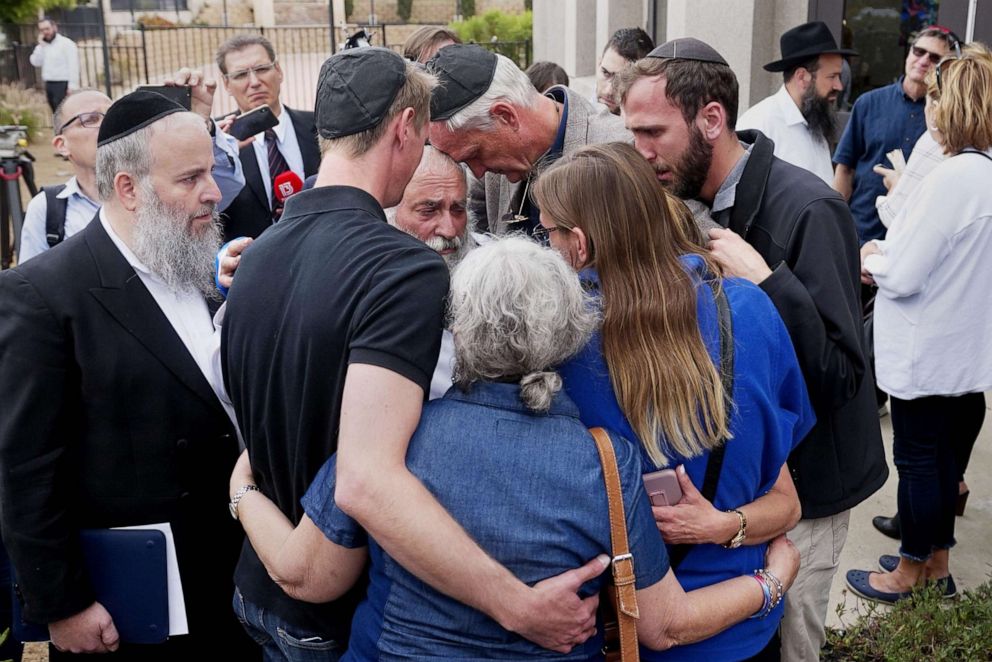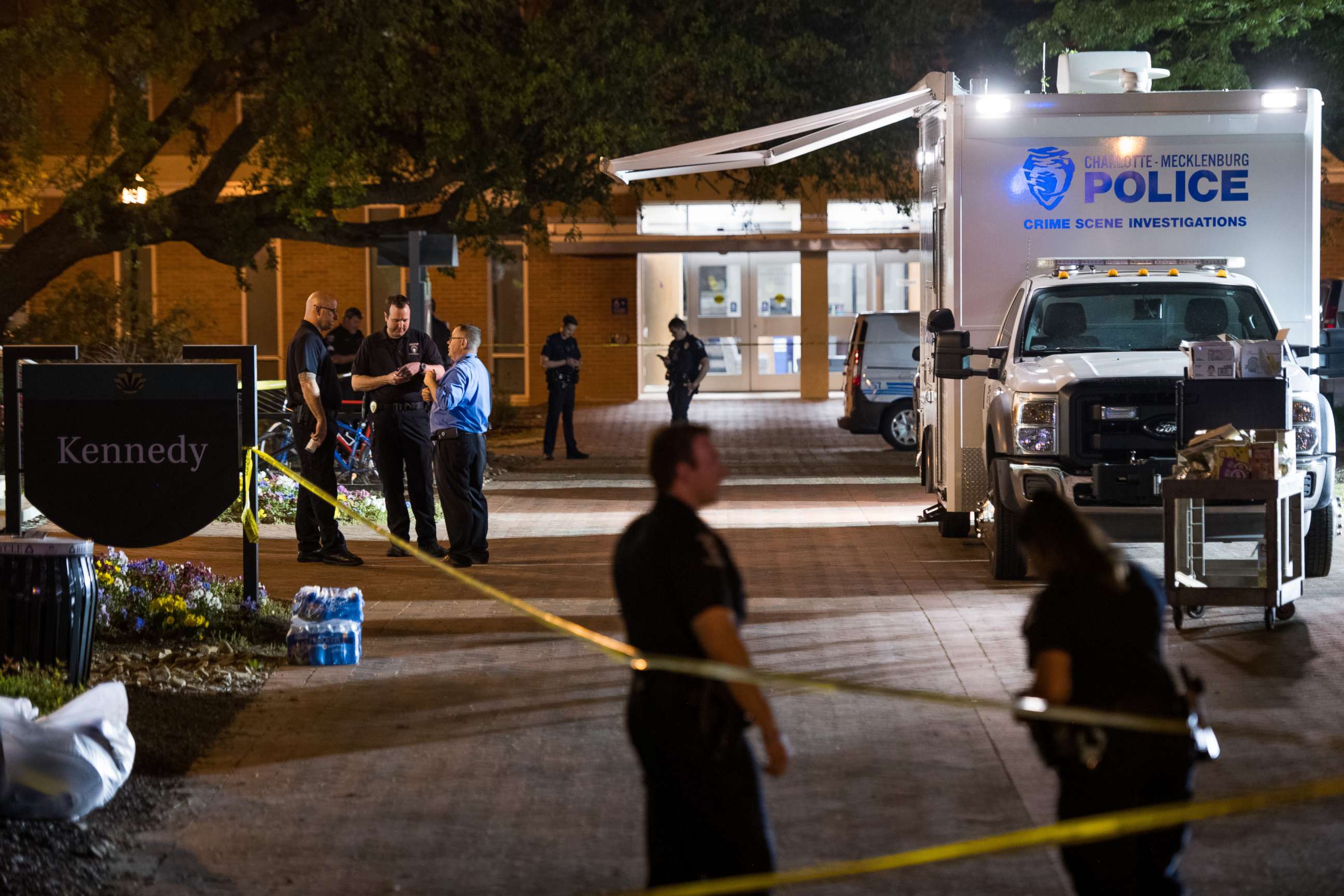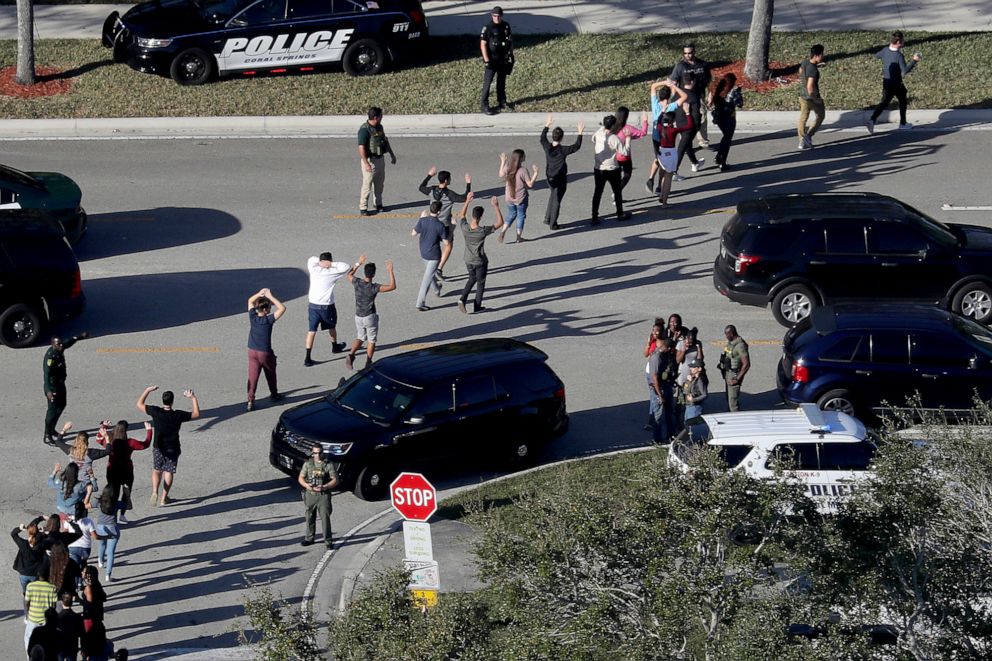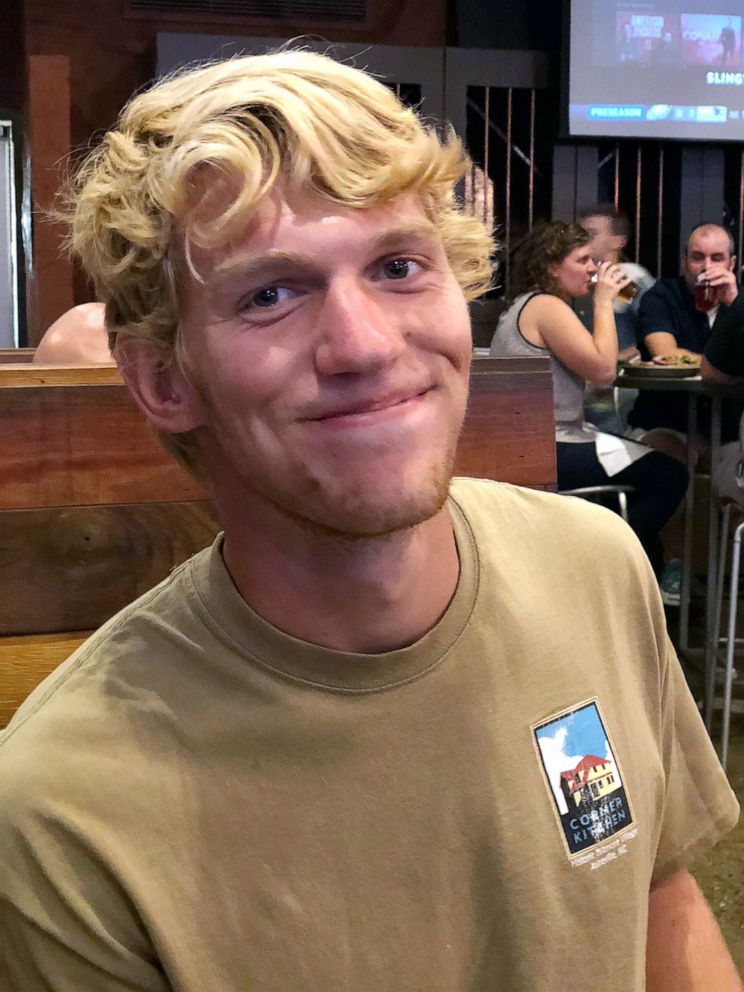The active shooter threat, and how law enforcement is responding: Analysis
In the wake recent active shooter incidents, two experts weigh in.
In San Diego, a 19-year-old man allegedly breached the sanctum of the Chabad of Poway on Passover and, authorities say, opened fire.
One woman was killed and three others, including the synagogue's rabbi and an 8-year-old girl, were wounded.
Less than a week later, a 22-year-old man allegedly started shooting in a classroom at the University of North Carolina Charlotte.

Two people were killed and four others were injured, police said.
The suspect in the synagogue shooting, who authorities say wanted to target religious institutions, has been charged with one count of murder with a hate crime special circumstance and gun allegations, and three counts of attempted murder with hate crime and gun allegations. In the college shooting, the suspect’s motive is still unclear but he’s been charged with murder and attempted murder.
An active shooter is defined as an individual actively engaged in killing or attempting to kill people in a confined or populated area. It becomes a mass casualty event if the death toll reaches four or more, not including the shooter.

In 2018, the FBI classified 27 incidents in 16 states as “active shooter” incidents. In those incidents there were 213 casualties, excluding the shooters, with 85 killed and 128 wounded.
The best way to handle an incident like this is teach, train and coalesce all the emergency response entities.
This mayhem was inflicted by 27 shooters who were stopped only by a police response, being apprehended or killed themselves.
The active shooter trend has been rising, according to the FBI, with 2017 and 2018 marking the worst years.
The problem for law enforcement and the public is active shooter situations are unpredictable and evolve quickly.

Active shooting incidents, which law enforcement experts say generally begin and end within five minutes, have shown some similarities, especially in schools. The Secret Service conducted a study called the Safe School Initiative and came away with 10 key findings of what it terms acts of “targeted violence,” most of which are transferable to any active shooter.
1. Incidents of targeted violence at schools rarely were sudden, impulsive acts
2. Prior to most incidents, other people knew about the attacker’s idea and/or plan to attack
3. Most attackers did not threaten their targets directly prior to advancing the attack
4. There is no accurate or useful "profile" of students who engaged in targeted school violence
5. Most attackers engaged in some behavior prior to the incident that caused others concern or indicated a need for help
6. Most attackers had difficulty coping with significant losses or personal failures. Moreover, many had considered or attempted suicide
7. Many attackers felt bullied, persecuted, or injured by others prior to the attack
8. Most attackers had access to and had used weapons prior to the attack
9. In many cases, other students were involved in some capacity
10. Despite prompt law enforcement responses, most shooting incidents were stopped by means other than law enforcement intervention
When law enforcement does respond, modern training dictates that they find and neutralize the threat to save lives. The first arriving officers will not stop to tend to the wounded, although past experiences have taught departments to incorporate a medical response team and triage area to their tactics.
Since every gunshot heard during an active shooter incident can mean a potential fatality, their mission is to: first, stop the threat; second, confirm there are no other threats; and third, determine the motive as soon as possible to try and prevent another attack.
For the intended victims of the attack, the Department of Homeland Security issued guidance to “Run, Hide, Fight” when confronted with an active shooter incident.
“Run” away from the danger. If you can’t run, “Hide” from the danger in an area that the attacker can’t see or find you -- in many schools, they have designated “safe” corners of classrooms -- and if you can’t do either of those. Finally, “Fight” for your life, as it is literally on the line during these situations.
At UNC, Riley Howell, a student who died in the shooting, did just that and acted heroically in confronting and helping to stop the alleged attacker. These tactics have become accepted practice if someone is involved in an active shooter incident.

For the law enforcement response to be effective, the command, communications, tools and tactics are key. If an active shooter incident does happen, it quickly becomes larger than just a police matter.
It is imperative that affected agencies can rapidly coalesce private security, school districts, fire departments, other assisting police departments, emergency medical units and the media to address the incident.
Both the San Diego and UNC attacks -- despite the allegations of hate crime in the former, and the uncertainty of the motive in the latter -- can be viewed as acts of domestic terrorism since inflicting terror for terrors' sake is a major aspect of these types of attacks.
As a society, we continue to grapple with understanding the reasons for these heinous attacks and trying to identify an assailant before they commit an attack. Chief Ken Coluzzi of Lower Makefield Township in Pennsylvania once said, "The best way to handle an incident like this is teach, train and coalesce all the emergency response entities."
"Once you've done those three things," Coluzzi, a veteran law enforcement expert with decades of experience, added, "you've taken a great step to target harden your own community."
Donald J. Mihalek is an ABC News contributor, retired senior Secret Service agent and regional field training instructor who also serves as the executive vice president of the Federal Law Enforcement Officers Association Foundation. Richard Frankel is a retired FBI special agent who was the special agent in charge of the FBI’s Newark Division, and prior to that, the FBIs NY Joint Terrorism TASK force. He is currently the Vice President of Investigation for T&M Protection Services.




